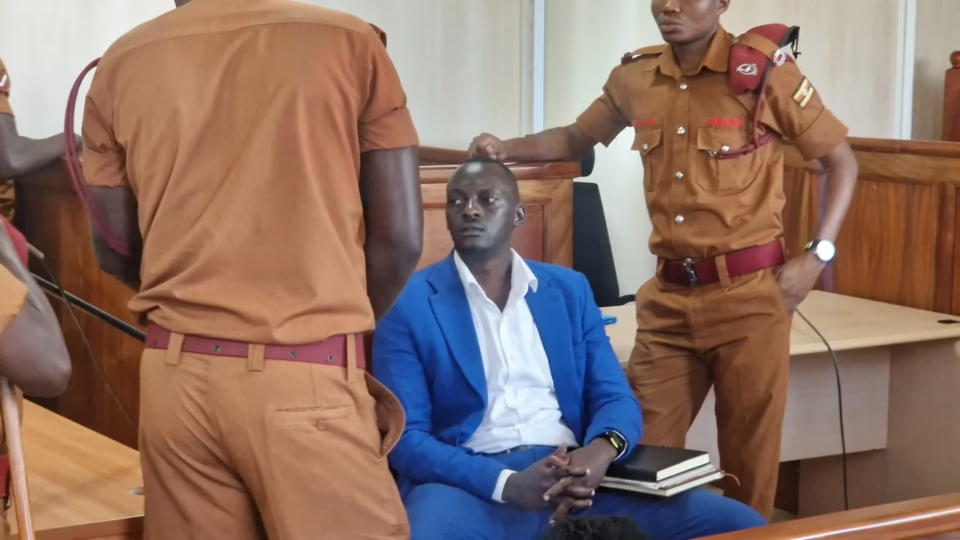Lawyer Eron Kiiza unexpectedly arrived at the High Court on Tuesday, escorted by Uganda Prisons Services, just as Justice Douglas Singiza had postponed his ruling on two applications seeking Kiiza’s release.
The timing of Kiiza’s arrival coincided with the judge’s return to court after a brief absence, creating an atmosphere of confusion and suspense in the proceedings.
Earlier in the day, Judge Singiza had met privately with Kiiza’s defense lawyers—George Musisi and Kato Tumusiime—in his chambers. During this discussion, the judge had indicated that he would issue the ruling electronically, either through email or WhatsApp, a method recently used in a habeas corpus ruling concerning Dr. Kizza Besigye.
With Kiiza now physically present in the courtroom, it remains unclear whether the judge will continue with the plan to deliver the ruling electronically or proceed with another course of action.
Kiiza, who was sentenced to nine months in prison by the General Court Martial for contempt, saw his case transferred to the civil judiciary following a Supreme Court ruling that ordered such appeals be handled outside the military system.

His legal team filed two separate applications: one from the Uganda Law Society challenging the Attorney General and the Commissioner General of Prisons, and another directly from Kiiza, contesting his ongoing detention despite his pending appeal. His lawyers argue that Kiiza’s continued imprisonment violates the Supreme Court’s ruling, and they are seeking his release pending the outcome of the case.
Kiiza’s unanticipated appearance in court followed reports of his transfer from Kitalya Prison, though his legal team had not received clear communication on when the ruling would be delivered.
The earlier departure of Judge Singiza from the courtroom only heightened the tension and uncertainty, with both Kiiza’s legal team and onlookers awaiting clarity.
Now that Kiiza is physically present, the legal community is closely watching how the High Court will handle the matter, as the case could set an important precedent for similar situations arising from the General Court Martial’s previous decisions.



